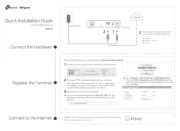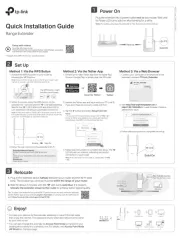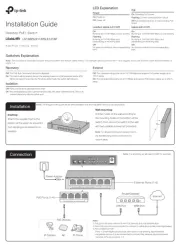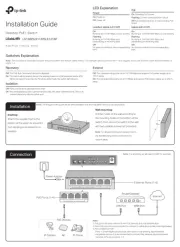TP-Link PSM150-AC Manual
TP-Link
Ikke kategoriseret
PSM150-AC
| Mærke: | TP-Link |
| Kategori: | Ikke kategoriseret |
| Model: | PSM150-AC |
Har du brug for hjælp?
Hvis du har brug for hjælp til TP-Link PSM150-AC stil et spørgsmål nedenfor, og andre brugere vil svare dig
Ikke kategoriseret TP-Link Manualer

15 Oktober 2025

29 September 2025

28 September 2025

28 September 2025

28 September 2025

26 August 2025

26 August 2025

16 August 2025

16 August 2025

16 August 2025
Ikke kategoriseret Manualer
- Peterson
- Hendi
- BROWE
- Advantech
- Howard Leight
- Keurig
- Bikemate
- Engel
- UPM
- Yamaha
- Moser
- Panasonic
- Smart Media
- Rocket Espresso
- SAUTVS
Nyeste Ikke kategoriseret Manualer

28 Oktober 2025

28 Oktober 2025

28 Oktober 2025

28 Oktober 2025

27 Oktober 2025

27 Oktober 2025

27 Oktober 2025

27 Oktober 2025

27 Oktober 2025

27 Oktober 2025
